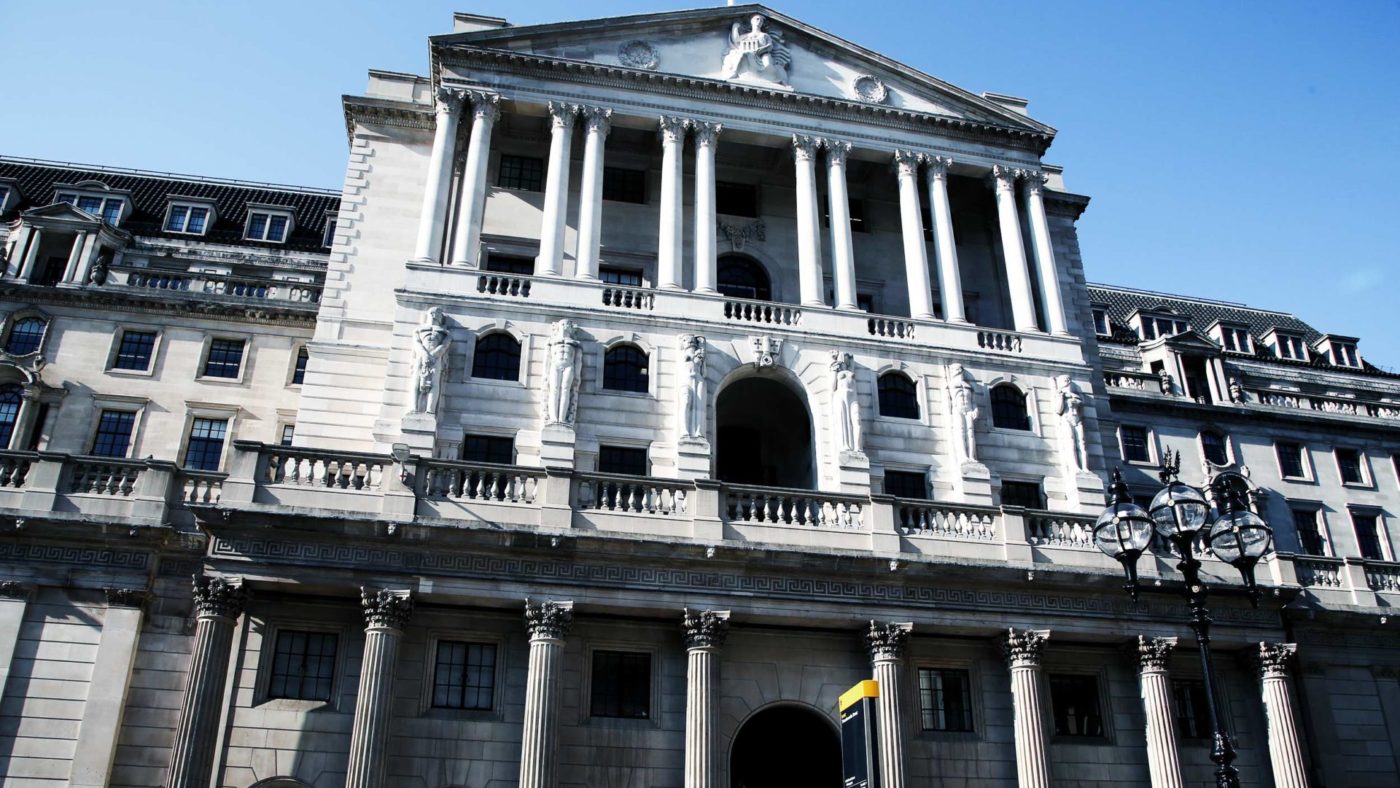For all the official panic over the latest rise in Covid infections across the country, the death rate remains relatively low and overall deaths from all causes have barely risen above their expected rate to date. This is in line with the very low death rates from second waves around the world. Here some extra deaths from Covid have been offset by fewer deaths from other causes.
With lower death rates, you might have expected a more robust approach to leaving the economy open. But you would be wrong. Governments across the developed world – with the possible exception of the US, where such policy is riven with controversy and rancour – have tightened restrictions.
True, there is backing from the public, frightened by a nasty disease threatening death to the old and infirm, with possible long-term complications even for younger people. The fear is not helped by the Sage advisory committee constantly producing gloomy projections of deaths in spite of the existing evidence. These are called ‘reasonable worst case scenarios’; yet why these rather than ‘central projections’ should be used is never explained.
A resilient economy
You would think that these restrictions would stop the economy in its tracks again. However, the evidence suggests that is not quite the case.
Global purchasing indicators suggest world GDP is slightly up on a year ago. Here in the UK they and the ONS’ monthly GDP estimates suggest GDP is headed for year ago levels by the year end; it was 9% below in August but growing by 2% a month, with purchasing indices still running above the 50 mark in October. Retail sales are already 5.5% above pre-Covid levels in February. Thanks to online and local deliveries, many businesses have been able to side-step the restrictions. The hospitality and arts sectors are the big exceptions that are caught most tightly by the clampdowns; even there stirrings are being seen, with shows going online, and some quarantine ‘corridors’ opening up to restore travel.
Monetary policy: reversing QE and resisting negative rates
If we raise our eyes to policy for 2021 when we can perhaps assume that the economy has returned to normal, also with a vaccine in the offing, they are met by worrying policy developments.
We have seen extreme monetary ease in 2020. This needs to be rolled back once the economy recovers. Yet the sounds from the Bank of England’s Monetary Policy Committee (MPC) suggest that yet more loosening is more likely. There is even some support for negative interest rates – for example in a speech recently by Gertjan Vlieghe, an MPC member.
This is worrying in the extreme. We have seen damaging effects on the economy’s health from zero interest rates, brought about by aggressive buying of gilts by the Bank. Returns on savings have evaporated, pushing pension funds into trouble. Large firms have been able to borrow or issue equity for next to no cost and create impregnable market positions, greatly reducing competition.
Furthermore the growth rate of money (M4) has risen sharply, and is now up over 10% compared to a year ago. This reflects both the QE programme and the relaxation of bank regulation under the Covid response programme; credit is now growing sharply, and deposits rising with it as people and firms shift out of bonds into money. Why hold bonds at no yield when you can hold money which is safer, as it has no capital risk? The Bank’s policies have recreated the ‘liquidity trap’ that Keynes identified in the 1930s, where the willingness to switch into money out of bonds would be limitless.
This situation is a threat to monetary policy, as well as causing that structural damage to the economy by undermining savings and competition. Confidence in monetary assets in general is being undermined by the threat of inflation from this massive money creation. The Bank should be thinking now of how best it can retreat from this dangerous predicament, not planning to deepen it by going to negative rates.
Currently it has the excuse of the virus crisis, helping the Treasury to fund its Covid emergency package by keeping borrowing costs down. But we need to look forward to 2021 when the crisis will at some point be over. We really do not want to see endless money printing in the post-Covid recovery period. Indeed, monetary policy will need to be tightened then to head off inflation.
The Bank would be wise to prepare for that episode now, by pulling back some of the overhang of money it has already printed and forcing the Treasury to borrow genuinely in the markets while rates are still low across the world. The Treasury should then move to lock in these low rates, for the taxpayer’s sake, by borrowing at the longest possible maturities – perpetuities as far as possible.
Better all round that the Bank starts that pullback now rather than be forced into suddenly raising interest rates sharply, destabilising the economy and public finances in a recovery period where inflation is getting out of control. That would both wreck the recovery and endanger the Bank’s independence.
Click here to subscribe to our daily briefing – the best pieces from CapX and across the web.
CapX depends on the generosity of its readers. If you value what we do, please consider making a donation.


